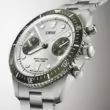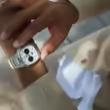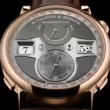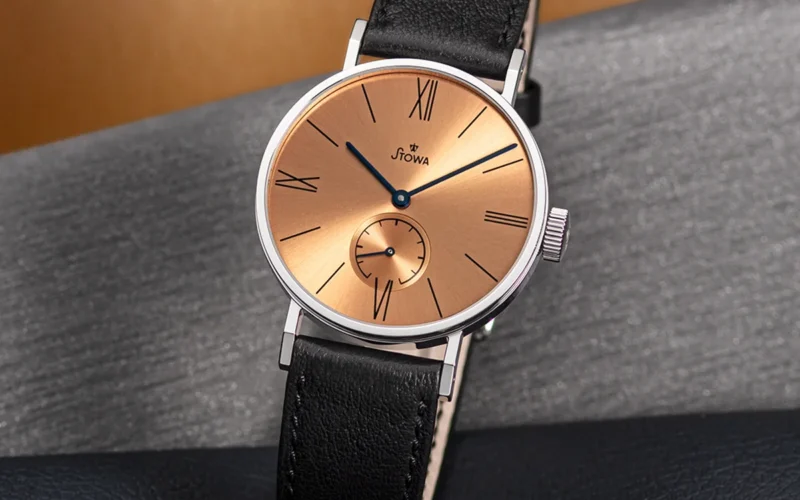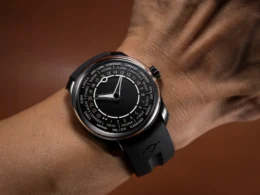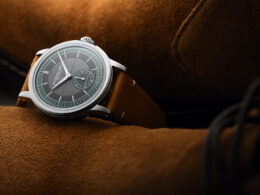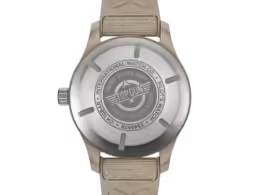Stowa has unveiled a compelling tribute to German design heritage with the Antea Classic KS Rose Gold and Anthracite, drawing direct inspiration from the brand’s 1937 minimalist timepieces that emerged just four years after the Bauhaus school’s closure.
This historical connection isn’t merely marketing—it represents one of the earliest adoptions of Bauhaus principles in watchmaking, predating many contemporary interpretations by decades.
From Furniture To Wristwatch
The backstory reveals fascinating insights into how design movements organically infiltrate industries. Through conversations with Karl D. Weber, son of dial manufacturer Arthur Weber who supplied Stowa in the 1930s, the brand discovered that Bauhaus influence spread almost unconsciously through German watchmaking.
Rather than conscious adherence to Bauhaus doctrine, designers like Arthur Weber were simply reflecting the furniture, curtains, and patterns that had become culturally popular—themselves influenced by Bauhaus principles. This grassroots design evolution created authentic minimalism born from cultural zeitgeist rather than artistic pretension.
The modern interpretation arrives in two distinct personalities within identical 35.5mm stainless steel cases measuring just 6.9mm thick—dimensions that honor vintage proportions while remaining eminently wearable.
The rose gold variant directly references those 1937 originals, presenting what contemporary collectors would recognize as a “salmon” dial. This color combination—rose gold dial against steel case—perfectly embodies the salmon watch aesthetic that first emerged in the 1930s, creating the signature contrast reminiscent of fish fillet against silver skin.
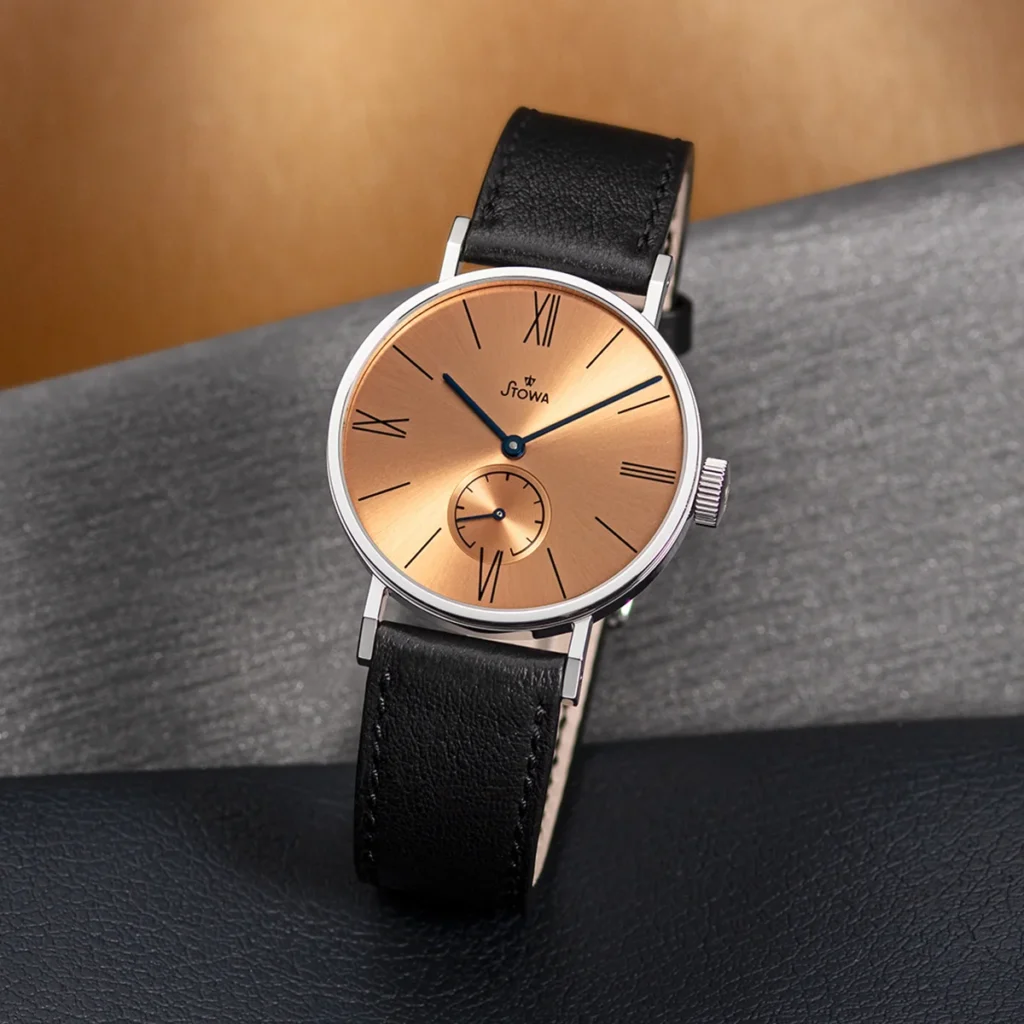
The anthracite version offers modern interpretation through cool grey sunray brushing with bold white markings, providing contemporary appeal while maintaining minimalist principles. Both variants feature Roman numerals—a departure from the Arabic numerals found in current Antea models—and small seconds subdials at 6 o’clock, creating balanced compositions that exemplify Bauhaus clarity.
Mechanical Purity, Accessible Luxury
Powering these heritage-inspired timepieces is the legendary Peseux 7001 manual-winding caliber, a movement celebrated for its slim 2.5mm profile and 42-45 hour power reserve. This caliber choice perfectly suits the vintage dimensions while providing the tactile engagement that manual winding enthusiasts appreciate.
The movement receives top-grade finishing with Geneva stripes, visible through the exhibition caseback that showcases the mechanical artistry within.
The Peseux 7001’s reputation for reliability and serviceability makes it an ideal foundation for these classically-inspired timepieces. Operating at 21,600 vibrations per hour, the movement provides steady, dependable timekeeping while maintaining the slim profile essential to the watch’s vintage character. The manual winding mechanism adds ritualistic pleasure to daily wear, connecting wearers to traditional watchmaking practices.
Pricing positions the Antea Classic KS at €1,200 on leather strap or €1,270 on Milanese bracelet (approximately £1,030-£1,070), occupying the sweet spot between entry-level mechanical watches and mid-range luxury timepieces. This positioning reflects Stowa’s brand philosophy—accessible German watchmaking that doesn’t compromise on quality or design integrity.
For collectors appreciating authentic design heritage over contemporary reinterpretations, the Antea Classic KS offers compelling value. These watches represent direct lineage to pioneering 1937 minimalism, created by a brand that experienced Bauhaus influence firsthand rather than studying it from historical distance.
In an era of oversized sports watches and complex complications, Stowa‘s commitment to elegant simplicity feels both refreshingly honest and remarkably prescient—proving that great design transcends temporal boundaries.
